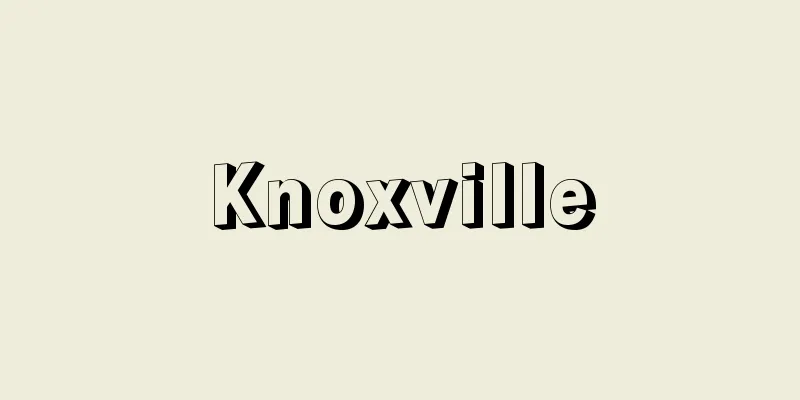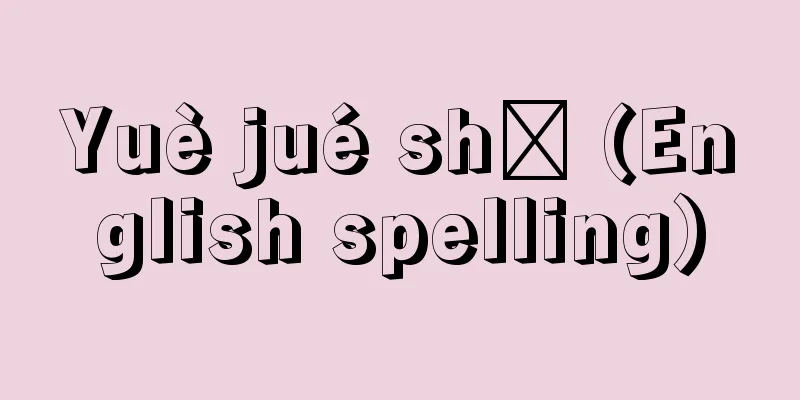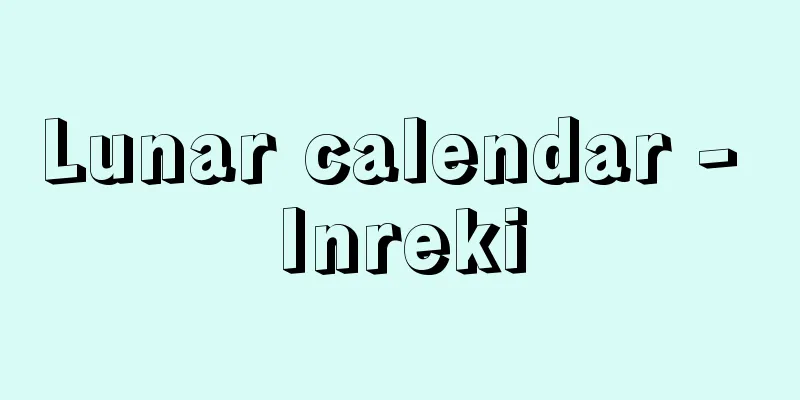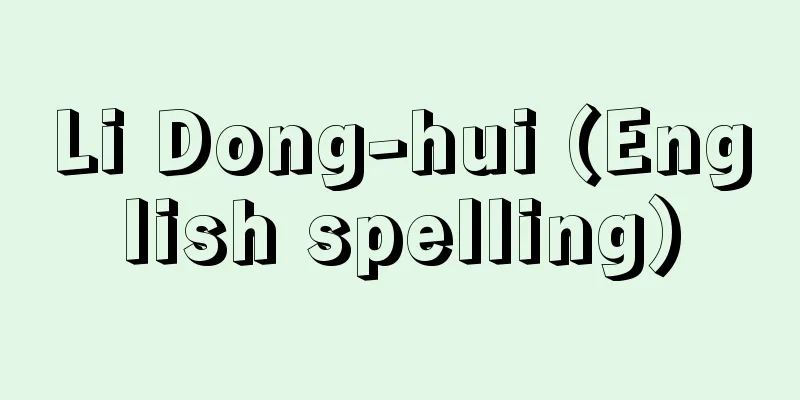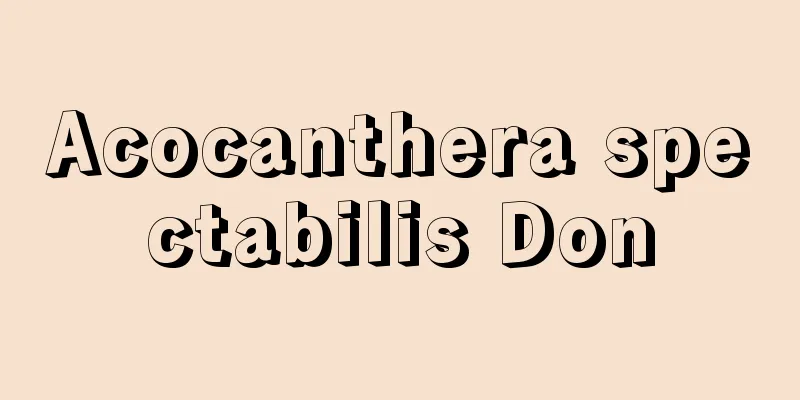Causality - Ingaritsu
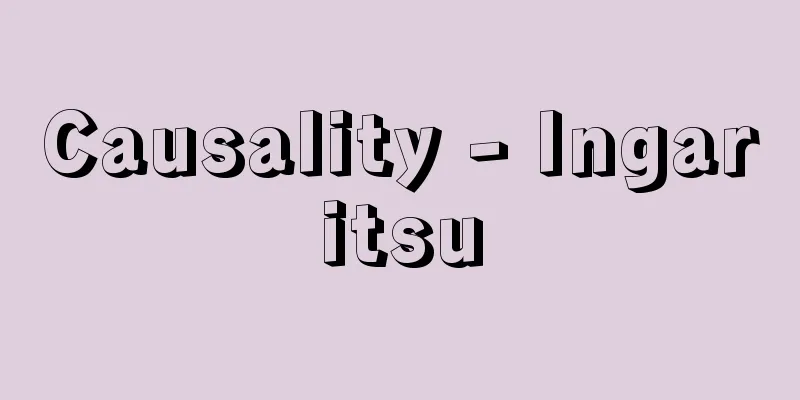
|
When an event (cause) at a certain time necessarily leads to another event (result) at a future time, this is called the law of causality. For example, if a bullet is fired at point A in a certain direction at a certain speed, the bullet will fall to point B after a certain time. In classical physics, if the initial state of the thinking process is specified and the forces acting there are known, the state at any subsequent time is uniquely determined. Therefore, if the positions and velocities of all objects that make up the universe at a certain time are determined and the forces between them are known, all subsequent events in the universe will be determined. However, when classical physics does not hold and microscopic objects governed by quantum mechanics are the issue, the situation is different. Although the quantum mechanical state of an object is causally described by the laws of quantum mechanics and is uniquely determined by the initial conditions, the uniqueness is generally lost when it comes to observed events, and only probabilistic predictions can be made. This does not mean that the law of causality does not hold, but rather shows the difference between classical causality and quantum causality. The law of causality also means that nature is governed by the principle that events at a given time are only influenced by events that occurred earlier. According to the theory of relativity, no action can travel faster than the speed of light in a vacuum, so events at different locations can only affect each other after a certain finite amount of time. Since around 1990, research into quantum communication that utilizes a state unique to quantum mechanics known as the "entangled state" has become active. The argument that this "entangled state" is linked to the violation of causality has been around since the Einstein-Podolsky-Rosen thought experiment by Einstein, Boris Podolsky (1896-1966), and Nathan Rosen (1909-1995). However, since around 1980, it has been theoretically and experimentally shown that this is due to the difference between classical and quantum causality, and that the causality itself is not violated. [Shigeru Machida] [Reference] |Source: Shogakukan Encyclopedia Nipponica About Encyclopedia Nipponica Information | Legend |
|
ある時刻における事象(原因)から、それより未来の時刻における別の事象(結果)が必然的に生じる場合、そのことを因果律という。たとえば、A地点で、ある方向に決まった速度で弾丸を発射すれば、一定の時間ののちにB地点に弾丸が落下する。このように古典物理学では、考える過程の初めの状態を指定し、そこに働く力がわかっていれば、それよりあとの時刻の状態は一意的に決まる。したがって、ある時刻において宇宙を構成するすべての物体の位置と速度を定め、それらの間の力がわかっていれば、それ以後の宇宙のできごとはすべて決定されることになる。しかし、古典物理学が成り立たず、量子力学が支配するような微視的対象が問題になる場合には事情が異なる。対象の量子力学的状態は量子力学の法則により因果的に記述され、初期条件によって一意的に決まるにもかかわらず、観測にかかる事象については、一般には一意性は失われ、確率的な予言しかできない。これは、因果律が成立しないのではなく、古典論的因果律と量子論的因果律との違いを示すものである。 因果律はまた、ある時刻のできごとは、それより過去のできごとの影響しか受けないという原理が自然を支配していることを意味する。相対性理論によれば、真空中の光速度よりも速く伝わる作用は存在しえないから、離れた場所の間のできごとが互いに影響を受けるのは、一定の有限の時間よりあとに限られる。 1990年ころから、「絡まった状態」とよばれる量子力学特有の状態を利用する量子通信の研究が盛んに行われるようになった。この「絡まった状態」は因果律の破れに結び付いているという議論が、アインシュタイン、ポドルスキーBoris Podolsky(1896―1966)、ローゼンNathan Rosen(1909―1995)によるアインシュタイン・ポドルスキー・ローゼンの思考実験以来行われていたが、これも古典論的および量子論的な因果律の違いに帰せられるものであって、因果律そのものを破っているわけではないことが、1980年ころから理論的にも実験的にも明らかにされている。 [町田 茂] [参照項目] |出典 小学館 日本大百科全書(ニッポニカ)日本大百科全書(ニッポニカ)について 情報 | 凡例 |
Recommend
Bengali - Bengalgo (English spelling) Bengali
It is one of the Aryan languages belonging to t...
Le Monde (English)
A representative high-end evening newspaper in mod...
"Unem Kabuki Picture Scroll"
...In other words, in hand-painted genre painting...
Job analysis - Job analysis
Job analysis is the analysis of the content of a ...
Su Shun-qin (English spelling)
[Raw] Onaka Shofu 1 (1008) [Died] Keireki 8 (1048)...
Amphitryon (English spelling)
…Hercules is called Hercules in English and Hercu...
Flatware
…Forks in use today can be broadly divided into t...
Scythian - Sukitai (English spelling)
The world's first horse-riding nomads, active...
morphophonemics
…(2) In structural linguistics, it is considered ...
Masahide Komiyama
A Confucian scholar of the Mito Domain in the lat...
Clytostoma
It is an evergreen climbing shrub of the Bignoniac...
Edo Joruri
A classification of Japanese music. (1) Refers to ...
Joint tort - joint tort law
It refers to a joint tort committed by multiple pe...
Shikechi fern - Shikechi fern
A medium-sized herb of the Melastomataceae family ...
Przewalski's wild horse
Also known as the Przewalski's horse or Mongol...
